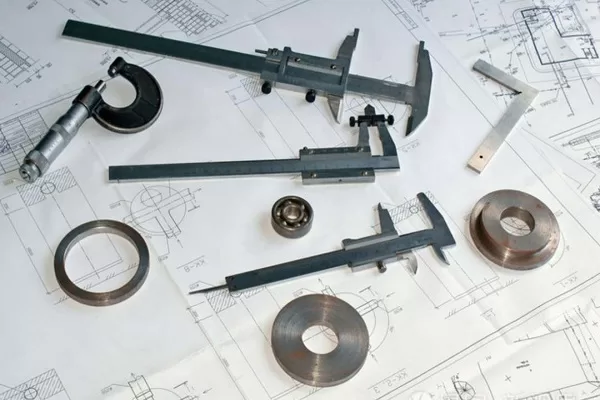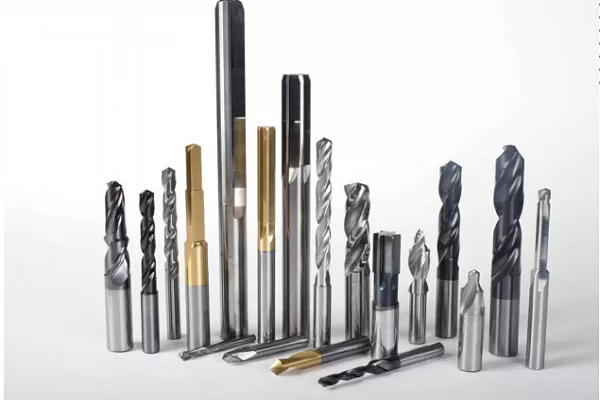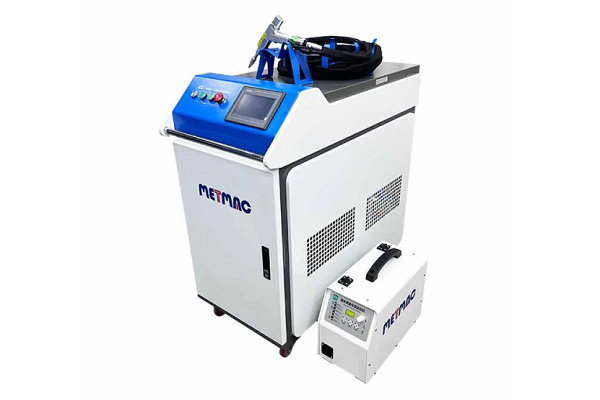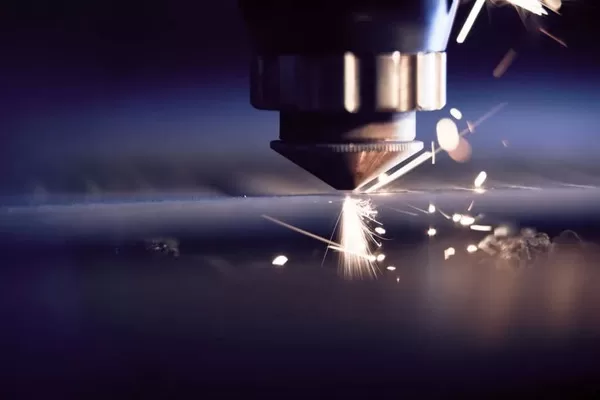
Breaking Boundaries- Innovations in Plate Bending Technology
- By:Metmac
- 2024-05-16
- 60
In a world of towering skyscrapers and sleek automotive designs, the ability to shape and manipulate metal plates is paramount. Plate bending technology has evolved dramatically over the decades, pushing the boundaries of what is possible and enabling the creation of groundbreaking structures and products.
Traditional methods of plate bending involved brute force and manual labor, leading to inconsistent results and limited design possibilities. However, advancements in engineering and automation have revolutionized the industry.
Precision Bending and Shaping
Modern plate bending machines utilize computer-controlled systems that allow for precise control over the bending process. Laser scanners and sensors ensure accurate alignment, while automated controls fine-tune bending parameters, resulting in flawless bends with minimal deviation.
Enhanced Strength and Reduced Weight
Innovative bending techniques, such as roll bending and press braking, have made it possible to create plates with increased strength and reduced weight. Roll bending produces continuous curves with uniform thickness, while press braking utilizes dies to form precise bends that minimize material waste.
Automated Material Handling
Automated material handling systems have significantly improved efficiency and safety in plate bending operations. Robots and conveyor belts transport plates seamlessly through the bending process, reducing the risk of accidents and manual handling errors.
Sustainable Solutions
Environmental concerns have driven the development of sustainable plate bending technologies. Energy-efficient machines and the use of recycled materials minimize the eco-footprint of the bending process.
Blurring Boundaries
These advancements are blurring the boundaries between traditional manufacturing processes and cutting-edge technologies. Plate bending machines are becoming increasingly versatile, capable of performing complex bending operations and integrating with other fabrication systems.
Conclusion
The innovations in plate bending technology have transformed the design and manufacturing landscape. By pushing the boundaries of precision, strength, efficiency, and sustainability, these advancements empower engineers, architects, and designers to create awe-inspiring structures and products that were once deemed impossible. As technology continues to evolve, we can expect even more groundbreaking applications in the years to come.
-
The Advantages of Using a Sheet Roll Forming Machine in Manufacturing
2024/09/14 -
How to Optimize Your Laser Sheet Cutting Machine for Maximum Performance
2024/09/12 -
How to Maximize Efficiency with Modern Sheet Metal Working Machines
2024/09/04 -
The Environmental Benefits of Using Duct Board Grooving Machines
2024/09/03
-
A Guide to the Latest Innovations in Sheet Metal Folding Machines
2024/11/29 -
Key Features to Consider When Investing in a Sheet Metal Folding Machine
2024/11/28 -
Enhancing Precision with Advanced Sheet Metal Folding Machines
2024/11/27 -
How to Choose the Right Sheet Metal Folding Machine for Your Workshop
2024/11/26



